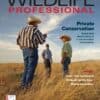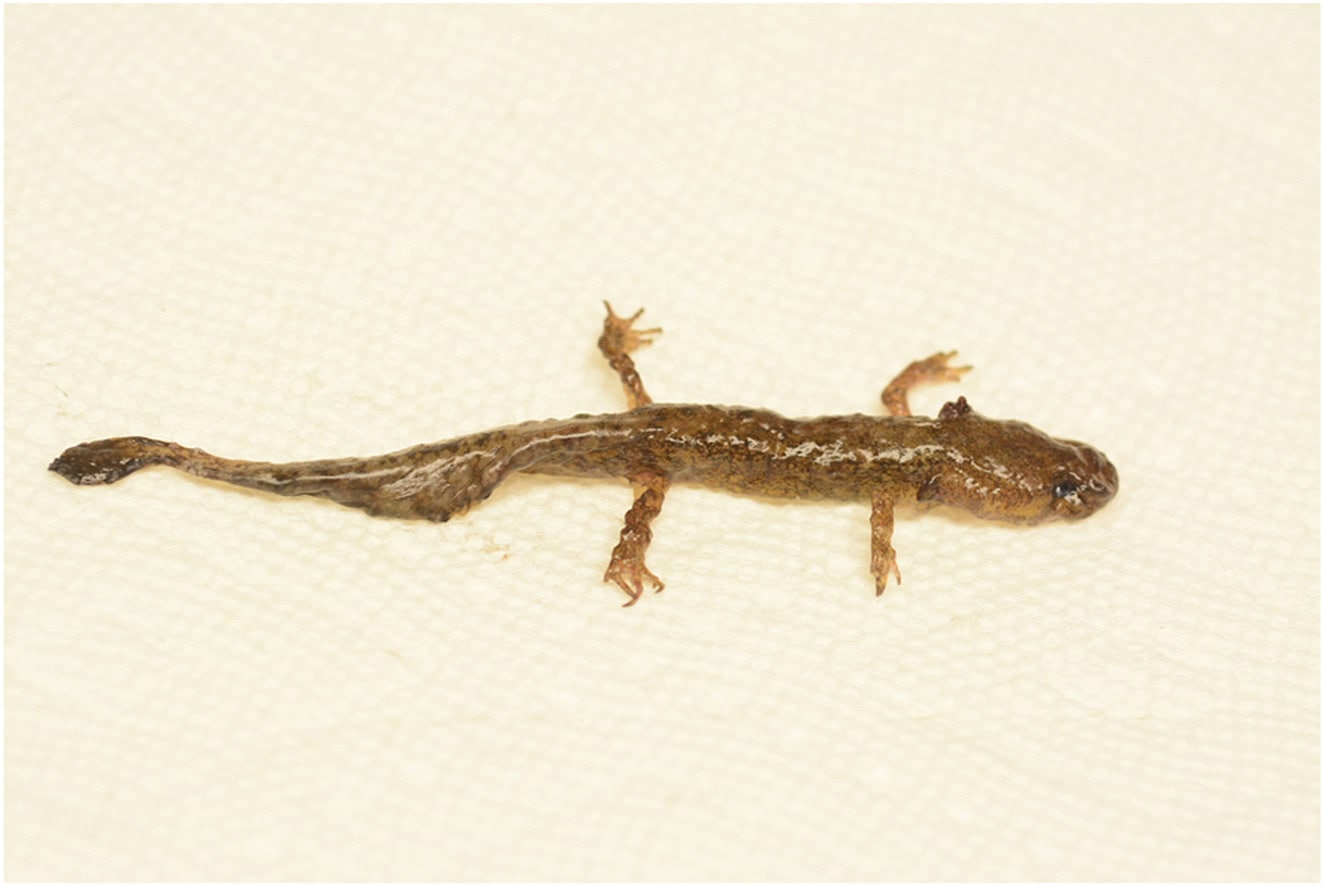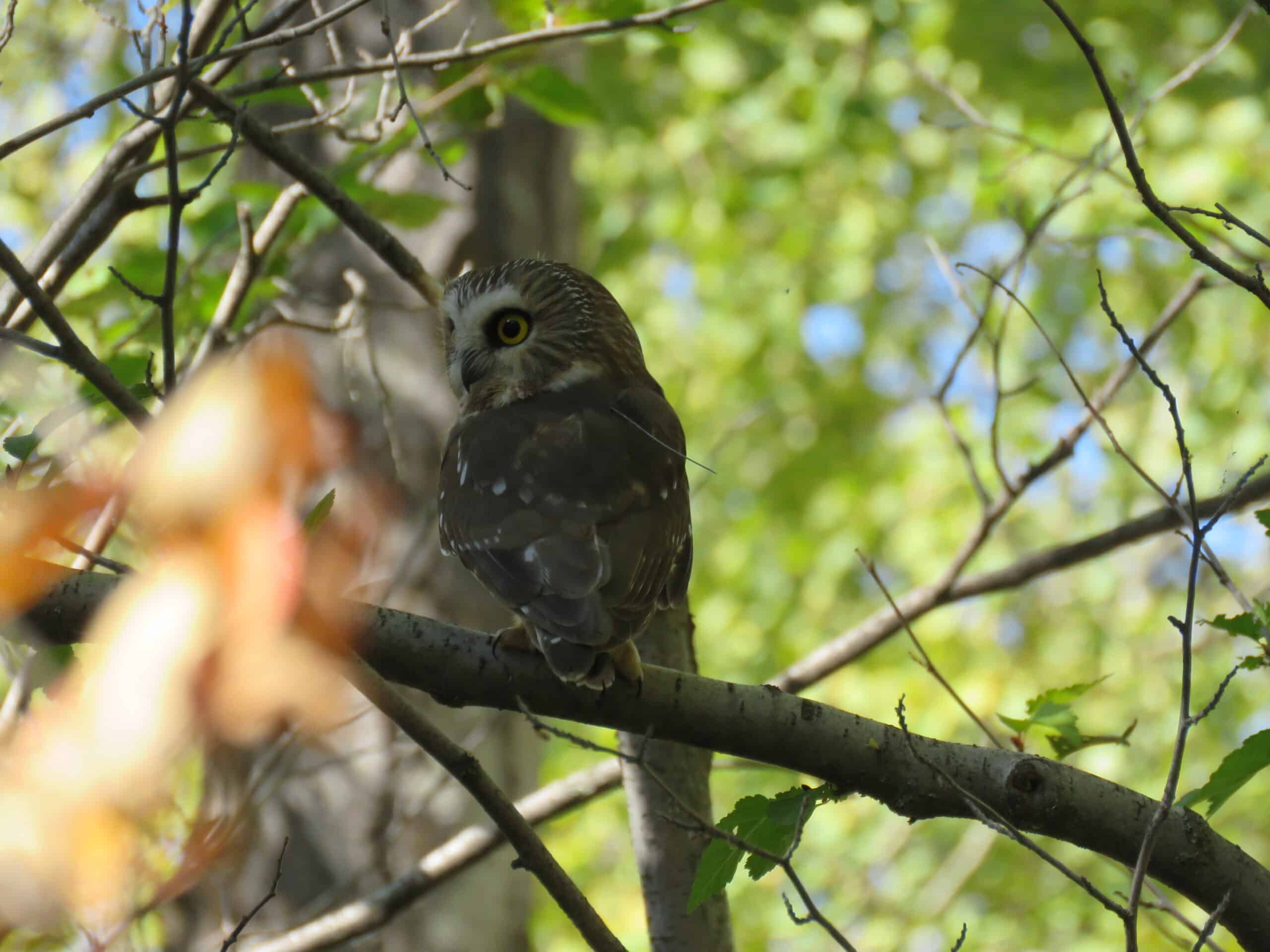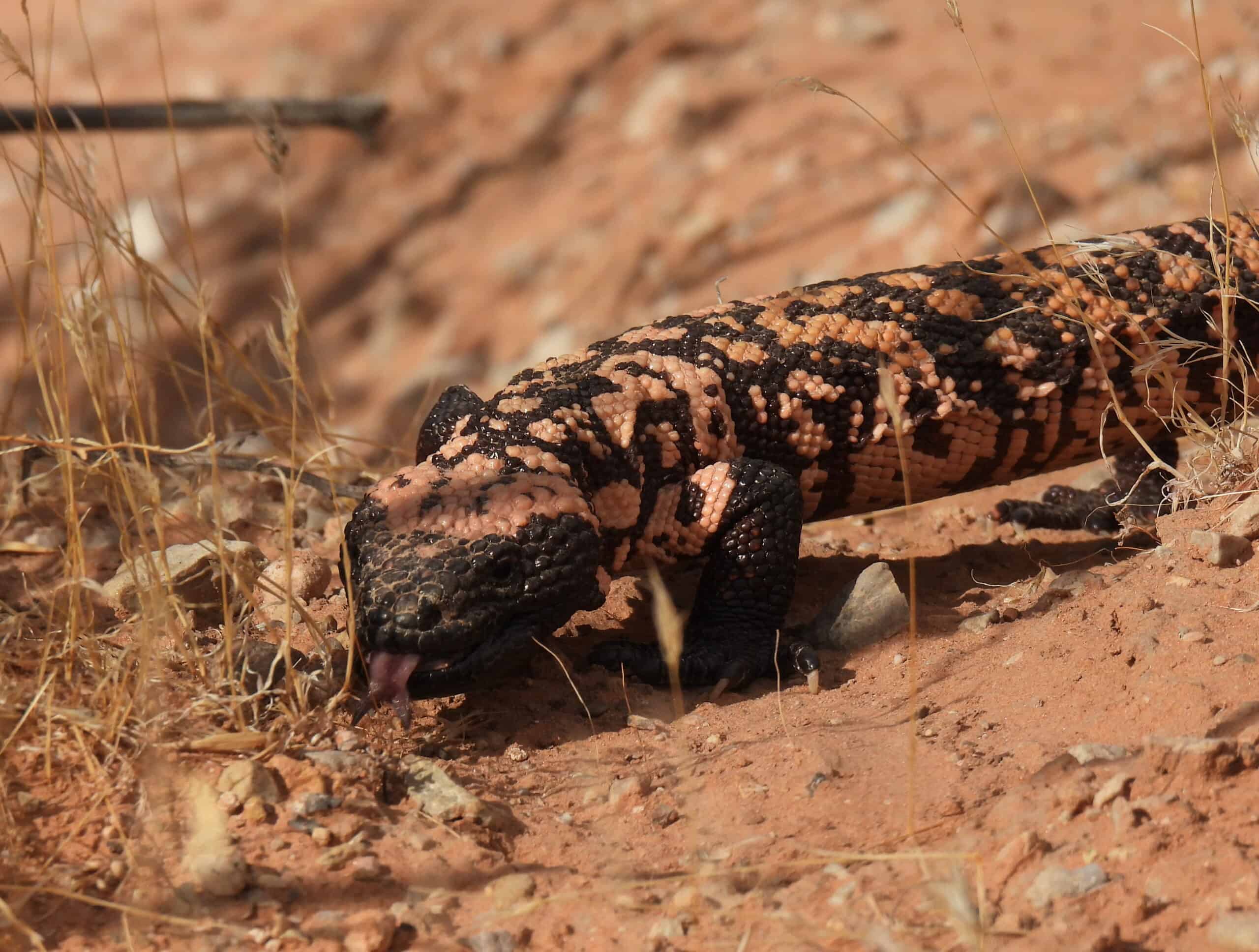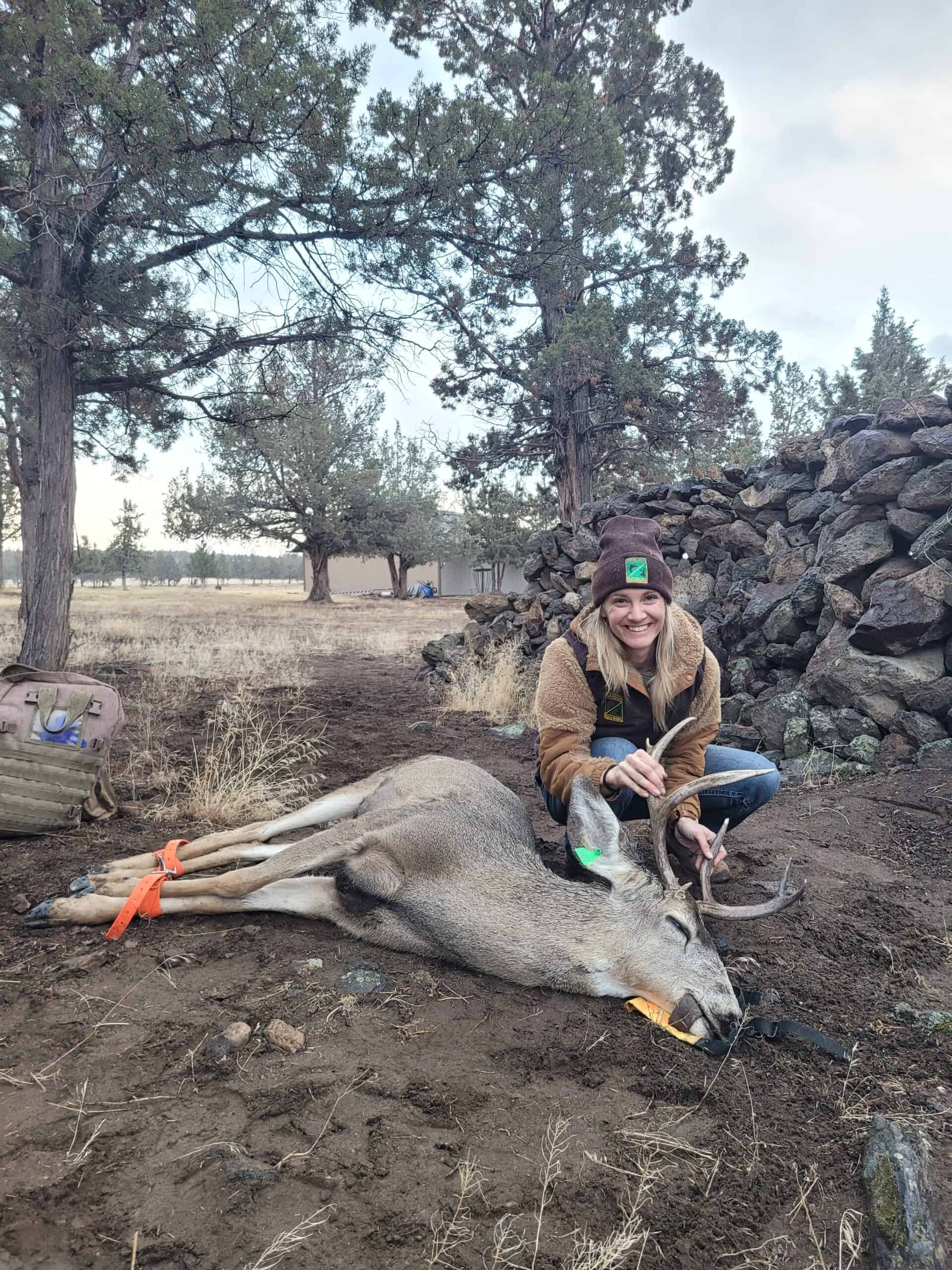Share this article
Wildlife Featured in this article
- California giant salamanders
- Raccoon
- Santa Cruz long-toed salamander
- American mink
Drought may boost parasite loads in giant salamanders
Dry conditions may lead to “overwhelming” numbers of trematodes in amphibians
Drought conditions may boost the parasite load in California giant salamanders. Large numbers of these parasites in their bodies may affect their ability to breathe, reproduce and evade predators.
“We think it’s a natural process that is exacerbated by drought conditions,” said Rebecca Cole, a research zoologist in parasitology with the U.S. Geological Survey.
In the autumn of 2021, wildlife managers had discovered strange lump masses covering a number of California giant salamanders (Dicamptodon ensatus), a species of conservation concern in the state, during surveys in central California.
In a study published recently in the International Journal for Parasitology: Parasites and Wildlife, Cole and her colleagues dissected some of these salamanders to determine if parasites were the source of the masses.
In the three samples they examined, they found a massive number of parasites. “These salamanders had overwhelming larval trematode infections,” she said.
Trematodes are worm-like parasites with a complex life cycle. In this case the main hosts are usually felines, mustelids or raccoons (Procyon lotor)—adult trematodes will shed eggs in the digestive systems of these mammals, which then get into the environment through their droppings. Snails sometimes ingest these feces, and the parasite eggs hatch inside of them. At this point, the larvae of the parasites can reproduce asexually, producing tens of thousands more of themselves, which then leave the snails, swimming into the water in search of amphibians. Once they find one, they will burrow into the amphibian’s skin as deep as its muscles, gills, or internal organs—sometimes they will even get into the retina in the eyes of the amphibian.
“The larval stage in the amphibian balls up and surrounds itself with a cyst,” Cole said, adding that the host’s immune system usually reacts by walling off the invaders.
At this point, the trematodes wait for a creature like a cat, raccoon or mink (Neovison vison) to eat the amphibian. They then grow into adults and complete their life cycle inside these creature’s digestive systems.
While these parasites occur naturally in the environment, Cole believes that the drought conditions prevailing in California may have exacerbated parasite loads. As waterways dry up, amphibians like California giant salamanders are being pushed into the increasingly small sections of water that remain.
Once trematodes leave their snail hosts, they can’t survive long—if they don’t find an amphibian to infect within two days, they die. But in these concentrated areas, the trematodes may be able to find their salamander hosts much easier than in normal conditions, overwhelming them.
“I don’t think the infections are unusual—I think the numbers are unusual,” Cole said.
Large parasite loads may not kill California giant salamanders, she said, but they could cause secondary effects that eventually lead to death. Since amphibians breathe through their skin, for example, high parasite loads on their skin and gills may inhibit their fitness. This could affect their ability to reproduce or make it more difficult for them to evade predators. “They were very lethargic and very easy to catch,” Cole said about the amphibians captured with high parasite loads in this study.
The few that Cole analyzed were also emaciated despite having food in their bellies, suggesting they may have difficulty finding enough food.
Parasites might also inhibit salamander growth if they get into the amphibians early in their larval stages.
Other research has also revealed that trematodes affect additional amphibians, such as the federally endangered Santa Cruz long-toed salamander (Ambystoma macrodactylum croceum). But more field research is needed to determine whether trematodes are affecting California giant salamanders at a population level, Cole said.
“The parasites could be concerning if infections are sustained and widespread,” Cole said. “At this point we don’t have enough data to know.”
Header Image: A California giant salamander with parasite-caused bumps on its torso and legs. Credit: J. Miller

